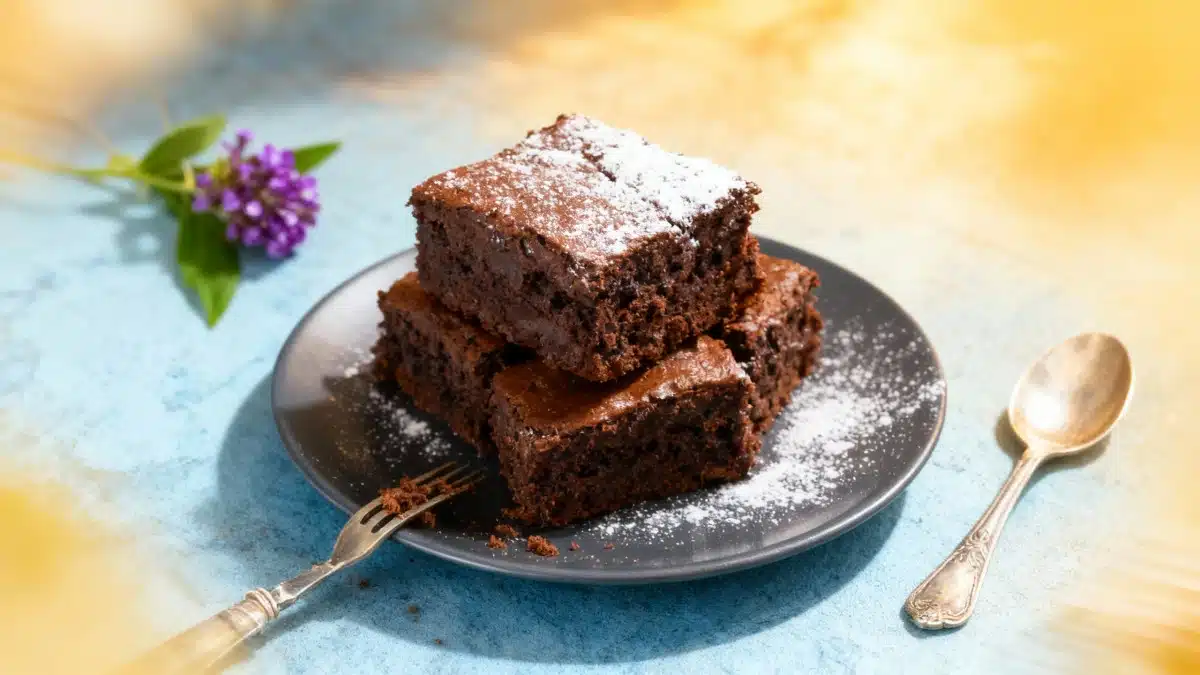If you think you know what a lemon birthday cake tastes like, think again. This show-stopping dessert looks like it was whisked straight from a Parisian patisserie, yet holds a surprise that’ll delight both your guests and your conscience—the secret twist? No whipped cream, but airy egg whites come to the rescue for a result that’s as light as a cloud and full of tangy character!
What Makes This Lemon Cake Unusual?
This isn’t your classic Bavarian cake. Traditionally, a Bavarois combines a delicate sponge base with a creamy custard and a generous helping of whipped cream, all set with a little help from gelatin. But here’s where expectations get upended: the whipped cream is replaced by stiffly whipped egg whites, making the dessert lighter while keeping that addictive creamy mouthfeel. The marriage of zesty lemon mousse atop a gentle sponge creates a contrast of textures and flavors that’s frankly irresistible. Guests have reportedly fallen in love with it (some might even propose marriage after the first bite, but please check local cake-consumption etiquette first).
Step-By-Step: As Easy As It Gets (Really!)
- Making the Sponge:
Grab your electric whisk and beat together eggs and sugar until frothy and doubled in size. Next, gently incorporate sifted flour—nobody wants lumps at their birthday party—and finish with fragrant lemon zest. Pour the batter into a 22–24 cm round cake tin. Give it about 10 minutes in a preheated oven at 180°C, and voilà: a perfect base for your culinary creation. - Lemon Mousse Magic:
Start by soaking gelatin in cold water. Warm the milk (watch it doesn’t run away). In a bowl, whisk egg yolks with sugar until pale, then gradually whisk in the hot milk. Transfer to a clean saucepan and cook over medium heat, stirring constantly until the mixture thickens enough to coat the back of a spoon—do NOT boil. Work in the drained gelatin and lemon juice, letting the mixture cool until it just begins to thicken yet remains supple.
Meanwhile, beat egg whites to stiff peaks with a pinch of salt, adding the remaining sugar to create a beautiful meringue. Fold these clouds (gently, lovingly!) into your custard base. - Assembly and Finishing Touches:
Unmold the sponge and place it in a cake ring (20–22 cm diameter) on your serving plate. Pour the lemon mousse over the top and pop it in the fridge to set—2 to 3 hours should do the trick.
For an extra sparkle: heat the juice of one lemon with a spoonful of sugar, melt in a rehydrated gelatin sheet, let cool, and pour over the set mousse. Back to the fridge for another hour, then run a knife around the edge to demold. For that final festive touch, toss on some colorful sugar sprinkles!
Bavarois: The Iconic (and Adaptable) French Classic
The Bavarois is a French staple: creamy, fresh and infinitely adaptable. Traditionally perched atop a sponge base, its velvety mousse was created from crème anglaise and whipped cream, set with gelatin for sheer elegance.
If you’re charmed by soft, mousse-based cakes and enjoy collecting compliments from every guest, you’re in luck. Bavarois cakes love fruit in all seasons and flavors—from tangy berry and raspberry with crunchy praline bases, to orange in winter or an alluring mango-almond combo. There are options for every craving.
No, you don’t need to be a pastry pro! For those hesitant about complicated desserts, there are easy strawberry jam and whipped cream versions, and even fun striped cakes (kids will be proud to make one all on their own, giving the illusion of a Charlotte cake without the hours of labor). These treats shine at birthday parties but are equally perfect for plated desserts in every flavor from vanilla to pear or chocolate.
Feedback and Smart Tweaks: Tailoring Your Cake
- Texture matters: Some fans feel the genoise base could use more crunch—try swapping in a cookie or speculoos crust for extra bite.
- Gelatin alternatives: Agar agar works beautifully for vegetarians; just adjust quantities carefully, as several have reported success using only agar.
- Mousse troubles: If your mousse separates, make sure egg whites are delicately but fully incorporated into the custard, folding gently from bottom to top to keep those airy peaks intact.
- Lemon flavor: Some wished for more lemon punch; consider using a smaller tin (18 cm) for a thicker, tangier result. If it’s still shy, a lemon curd and curls of white chocolate on top bring both zing and a hint of luxury.
- Dairy allergies? Swap in plant-based milks like rice or almond for a successful, inclusive version.
Caution: Pay close attention to the weight of gelatin sheets—not all are created equal. If your crème anglaise won’t thicken, keep it on low heat and persevere; it can be slow, but patience is key.
Conclusion:
There’s something magical about a cake that brings surprise, lightness, and a burst of lemon to every celebration. Whether you swap bases, swap gelling agents, or just trust the process, this lemon birthday cake might just be the twist your next gathering needs. Don’t be afraid to play with fruity mousses or double up for a showstopping centerpiece. Above all: enjoy every bite—your guests certainly will!

John is a curious mind who loves to write about diverse topics. Passionate about sharing his thoughts and perspectives, he enjoys sparking conversations and encouraging discovery. For him, every subject is an invitation to discuss and learn.






